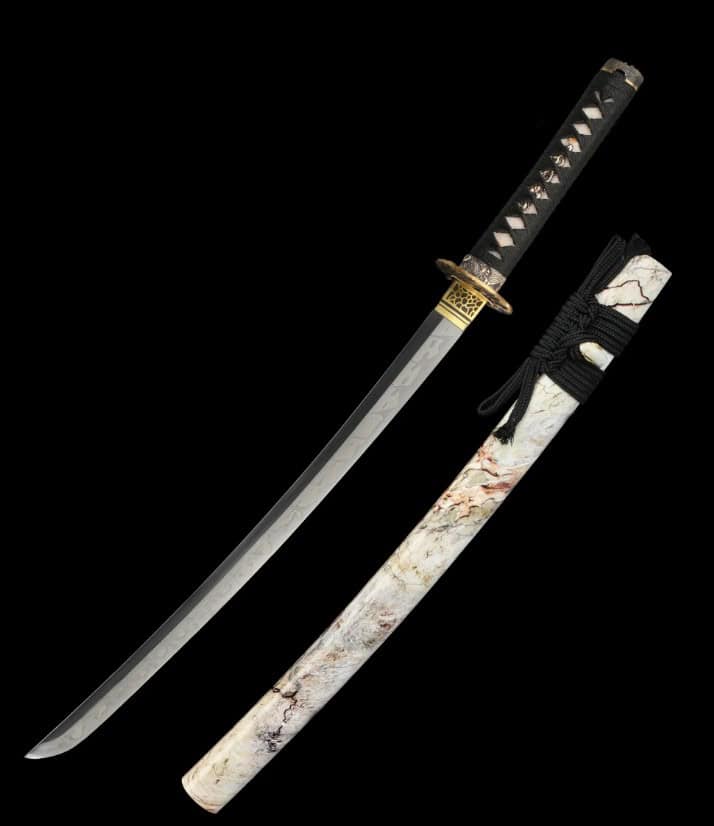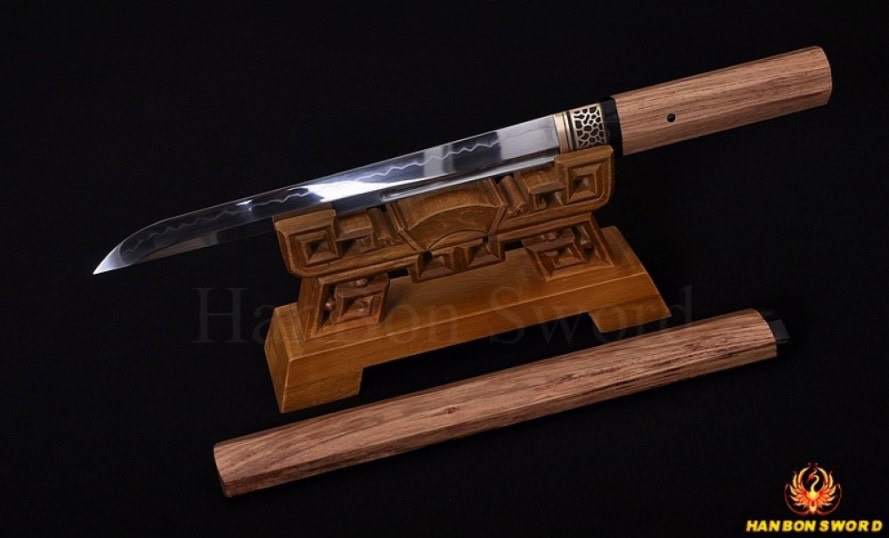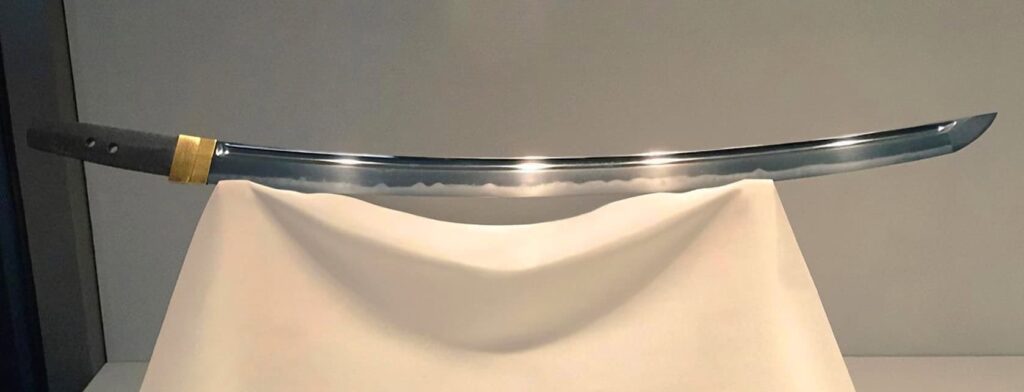Kodachi vs Katana And Other Variations
Japanese swordsmanship has long been revered for its artistry, precision, and cultural significance. At the heart of this tradition lies a diverse array of sword types, each crafted for specific purposes and eras. From the battlefield to ceremonial halls, these blades have shaped Japanese history and continue to captivate enthusiasts worldwide.
In this article, we delve into the world of Japanese swords, exploring the nuanced differences between various types, from the well-known katana to the less familiar kodachi. We’ll examine how each sword’s design reflects its intended use, the historical context of its development, and its place in samurai culture.
| Sword Type | Blade Length | Key Characteristics | Primary Use | Wearing Style |
| Tachi | Longer than katana | More pronounced curve | Cavalry, downward strikes | Edge facing down |
| Katana | ~70 cm | Curved blade, double edge | General purpose | Edge facing up |
| Wakizashi | <60 cm | Shorter companion to katana | Secondary weapon | Paired with katana |
| Tanto | <30 cm | Knife-like | Close-quarters, secondary | Various |
| Odachi/Nodachi | Extra long | Similar to tachi | Ceremonial, cavalry | Varied |
| Kodachi | Between wakizashi and katana | Shorter version of tachi | Varied | Varied |
Tachi
The tachi is one of the oldest Japanese sword designs, predating the katana. It features a longer blade with a more pronounced curve compared to later sword types. This curvature was particularly suited for mounted combat, allowing for powerful downward strikes from horseback. Tachi were typically worn suspended from the waist with the cutting edge facing down, a style that facilitated quick draws while mounted. These swords were prominent during the Heian (794-1185) and Kamakura (1185-1333) periods.
Katana
The katana is perhaps the most iconic of all Japanese swords. Typically featuring a blade length of around 70 cm, it became the standard sword of the samurai during the Edo period (1603-1868). The katana is characterized by its curved blade, which combines the cutting power of the tachi with the versatility of the uchigatana. It features a distinctive cross-section and a double edge near the tip. The katana was worn with the cutting edge facing up and was often paired with a wakizashi in the traditional daisho combination.
Wakizashi
The wakizashi is a shorter companion sword to the katana, usually measuring less than 60 cm in blade length. It was often worn together with the katana by samurai, forming the daisho pair. The wakizashi served as a secondary weapon, useful in close-quarters combat or in situations where the longer katana was impractical. It was also the sword allowed to be worn indoors and could be used for ritual suicide (seppuku) if required.
Tanto
The tanto is a short knife-like sword, typically measuring less than 30 cm in blade length. It was used for close-quarters combat and as a secondary or backup weapon. Tanto could be worn in various ways, including thrust through the belt or sometimes concealed. They were also used in certain martial arts and for utility purposes. Some tanto were richly decorated and served as status symbols.
Odachi (or Nodachi)
The odachi, also known as nodachi, is an exceptionally long sword, sometimes classified as a type of tachi. These swords were primarily used for ceremonial purposes or as cavalry weapons. Due to their length, they were challenging to wield and wear, often requiring special carrying methods. The use of odachi declined as battlefield tactics evolved, but they retained ceremonial and religious significance.
Kodachi
The kodachi falls between the wakizashi and a full-sized katana in terms of length. It’s essentially a shorter version of the tachi, offering a balance between the maneuverability of a short sword and the reach of a longer blade. The kodachi was used in various contexts, sometimes as a main weapon for smaller individuals or in situations where a full-length sword was impractical.
Final Thoughts
After diving into the world of Japanese swords, I can’t help but be amazed at the intricate craftsmanship and rich history behind each blade. The tachi, with its pronounced curve and design for mounted combat, highlights how Japanese swords evolved to meet the needs of their times. It’s fascinating to see how the uchigatana paved the way for the more versatile and iconic katana, which became the symbol of the samurai.
The wakizashi and tanto add layers of practicality and tradition to the samurai’s arsenal. I appreciate the wakizashi’s role as a secondary weapon and its cultural significance, while the tanto’s utility and close-quarters combat application demonstrate the thoughtfulness behind these designs.
The odachi’s sheer size and ceremonial importance showcase the diverse applications of Japanese swords beyond just warfare. And then there’s the kodachi, which strikes a balance between length and maneuverability, offering a unique option for various combat scenarios.
In the end, what stands out to me is how each sword type reflects a specific aspect of Japanese culture and martial tradition. From the battlefield to the ceremonial hall, these swords are more than just weapons; they are works of art and symbols of a storied past.






